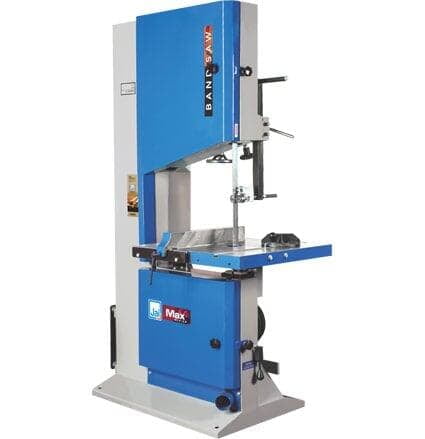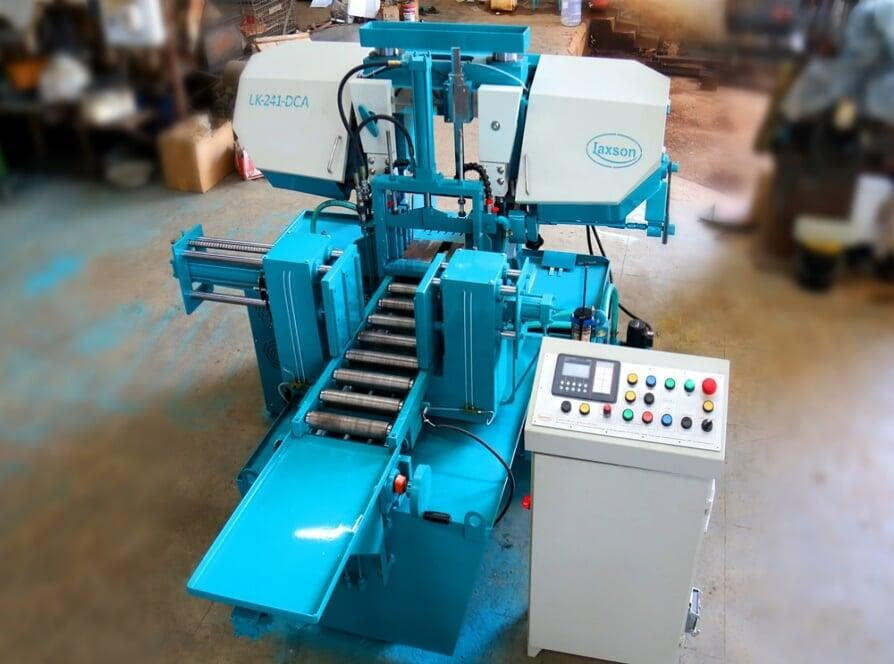A Deep Dive Into Bandsaws The Ultimate Tool for
Wood and Metal Cutting.
When it comes to cutting precision, versatility, and power, bandsaws are a go-to tool for both woodworking and metalworking enthusiasts. They can tackle a wide variety of materials, offering smooth and accurate cuts for different applications. In this blog, we will explore the different types of bandsaws for wood and metal, along with the variations in their designs, such as horizontal and vertical bandsaws.

Bandsaws designed for woodworking are known for their ability to make detailed and intricate cuts, especially when working with hardwood, softwood, plywood, and even plastic. Here are the two main types of woodworking bandsaws:
Vertical Wood Bandsaws
The vertical bandsaw is the most popular in woodworking shops. This type allows for intricate cuts such as curves, scrolls, and even freehand designs. It's ideal for cutting smaller pieces of wood and performing tasks like resawing, where thicker wood is sliced into thinner sheets. Woodworkers rely on vertical bandsaws for their maneuverability and accuracy when cutting detailed shapes.

Metalworking Bandsaw
Bandsaws for metalworking are built to handle the toughness of metals like steel, aluminum, brass, and other alloys. Metal bandsaws are designed with more power and a stronger blade to endure the resistance metals present during cutting.
Horizontal Metal Bandsaws
Horizontal metal bandsaws are excellent for cutting metal stock into specific lengths. These machines allow for heavy-duty cutting, usually when slicing large metal bars or tubes. Horizontal bandsaws work by clamping the metal down while the blade moves downwards, giving precise straight cuts without much manual effort. They are typically used in industrial settings.

Key Differences Between Wood and Metal Bandsaws
While wood and metal bandsaws operate on the same principle, their key differences lie in their blade design, speed, and overall build. Metal bandsaws run at lower speeds and often have coolant systems to reduce the heat generated during cutting. In contrast, woodworking bandsaws operate at higher speeds since wood doesn't create as much heat resistance. Additionally, the blades for metal are harder and more durable than those for wood.

Conclusion
Whether you're a professional carpenter, DIY woodworker, or metal fabrication enthusiast, there's a bandsaw suited for your needs. From horizontal bandsaws that provide precise straight cuts to vertical bandsaws that allow for intricate shapes and designs, these machines can handle almost any project in both wood and metalworking industries. Understanding which type suits your material and the nature of your work can help you make the right choice and ensure you get the best performance from your bandsaw.
